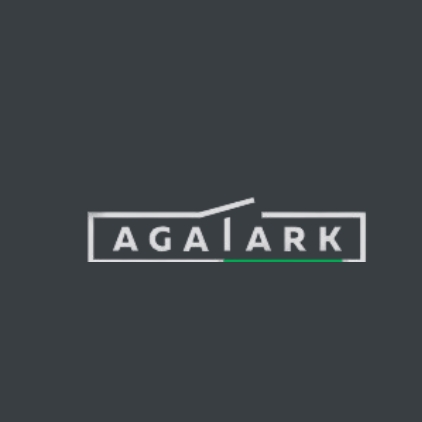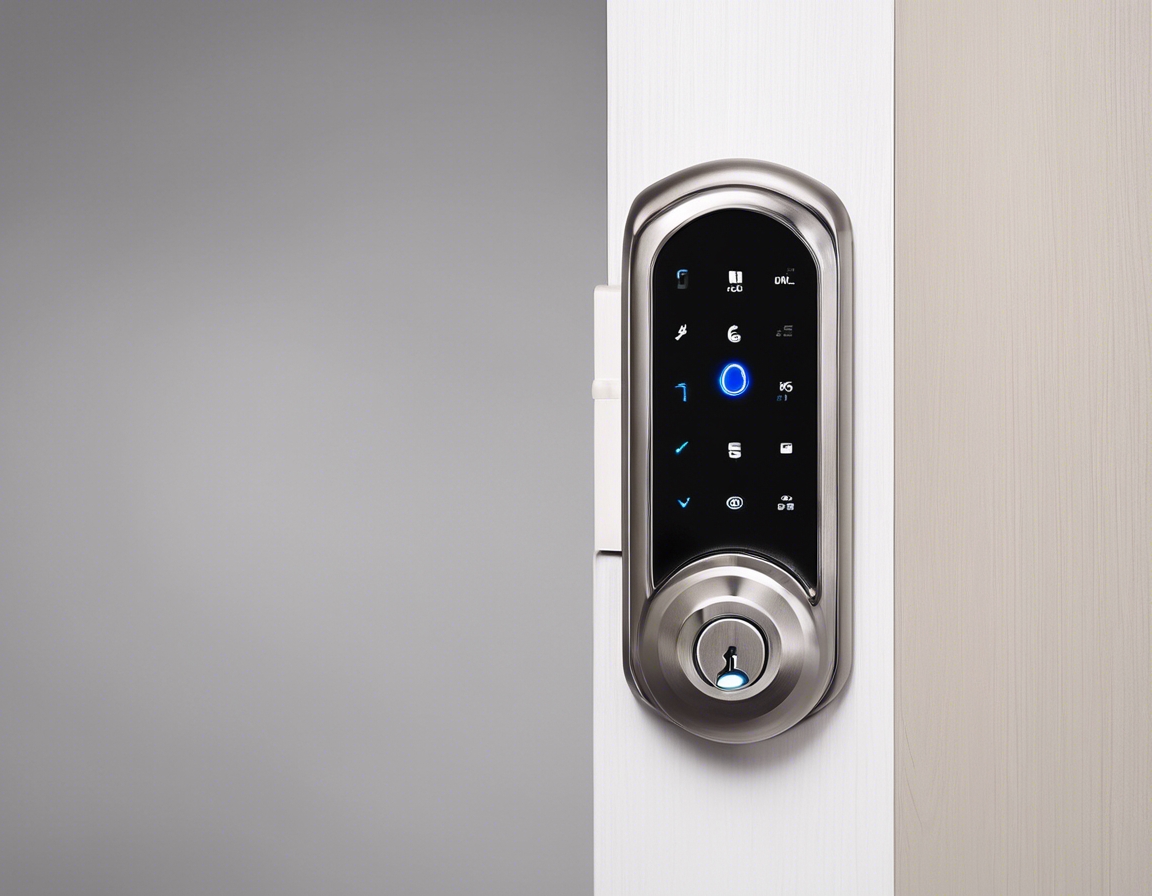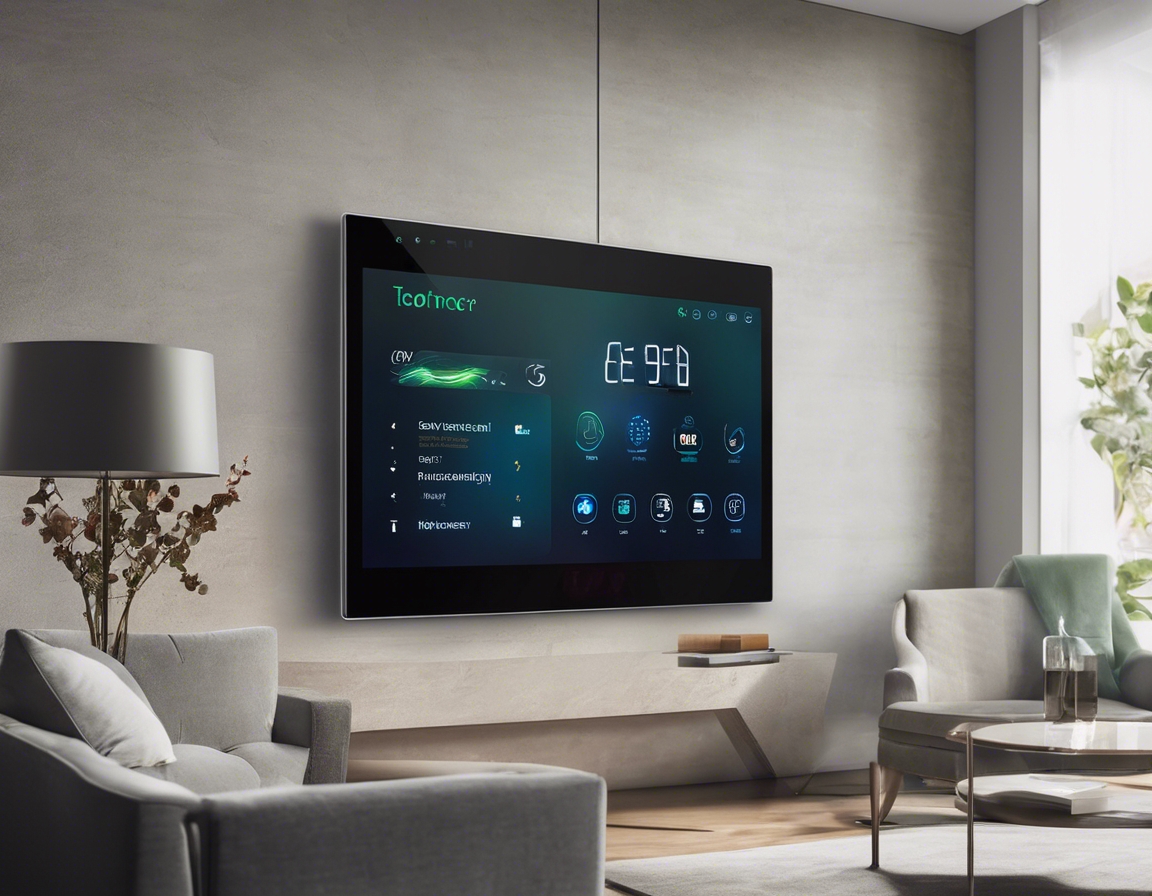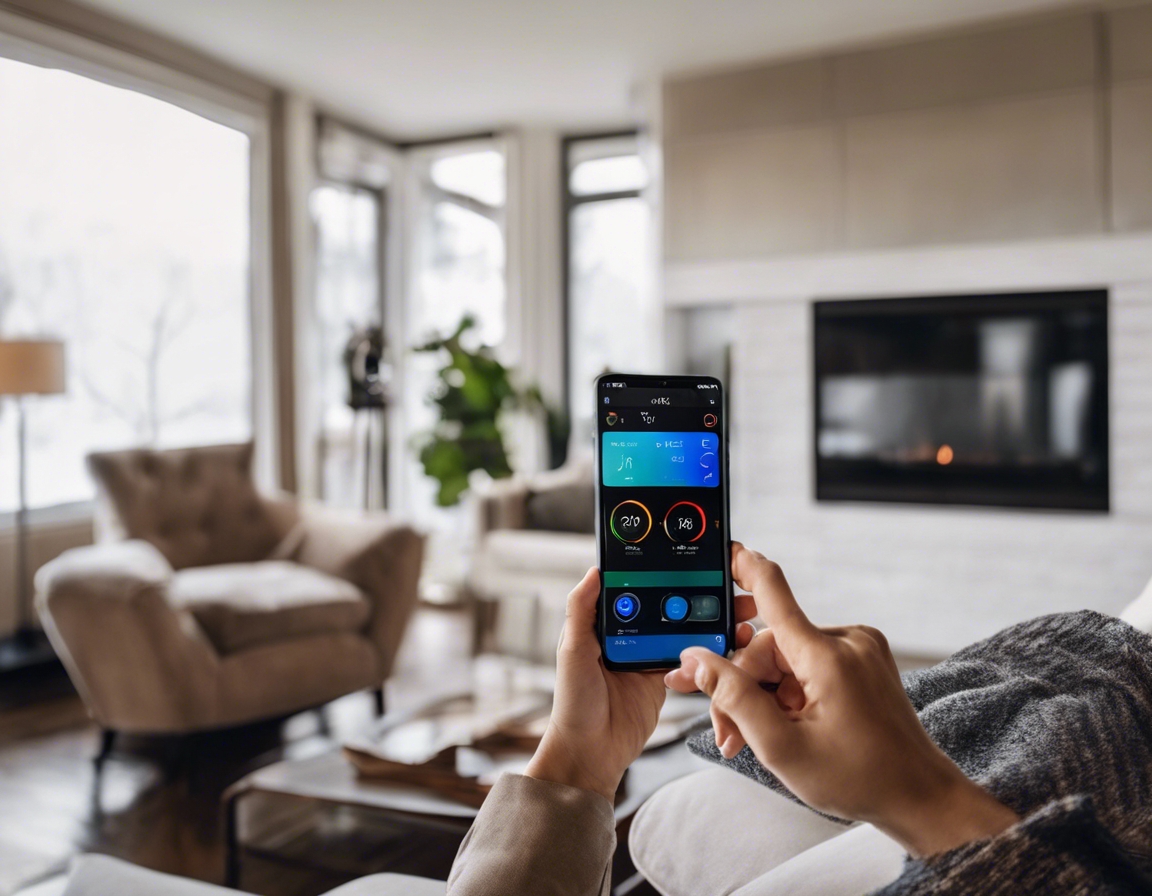The future of home security: beyond traditional locks
As we embrace the digital age, the concept of home security is rapidly evolving. Gone are the days when a sturdy lock and a set of keys were the primary means of protecting our homes. Today, technology offers sophisticated solutions that promise not only to secure our residences but also to integrate seamlessly with our connected lifestyles.
From ancient times to the modern era, home security has always been a priority for homeowners. However, the methods and technologies have undergone a significant transformation. The advent of digital technology has revolutionized the way we think about and implement home security measures.
Traditional locks have served us well, but they come with limitations. They can be picked, keys can be lost or duplicated, and they do not offer the convenience and control that modern homeowners demand. As our lives become more interconnected, the need for more advanced security solutions becomes apparent.
Technological Innovations in Home Security
Smart locks are at the forefront of the home security revolution. These devices allow for keyless entry, remote access, and the ability to grant temporary access to visitors. They can be controlled via smartphones, making them a convenient option for the tech-savvy homeowner.
Biometric systems use unique physical characteristics, such as fingerprints or facial recognition, to grant access. This technology not only enhances security but also adds a personalized touch to home access.
AI and machine learning are becoming integral to home security systems. They enable devices to learn from patterns, detect anomalies, and alert homeowners to potential threats with unprecedented accuracy.
Security is no longer about standalone devices. Integrated systems combine various components, such as cameras, sensors, and alarms, into a cohesive ecosystem that can be managed from a central hub or app.
The Role of Connectivity in Home Security
The IoT has made it possible to connect various home devices to the internet, allowing for real-time monitoring and alerts. This connectivity is a game-changer for home security, offering homeowners the ability to keep an eye on their property from anywhere in the world.
Remote monitoring and control are essential features of modern home security systems. They provide homeowners with the ability to check in on their property, receive notifications, and even control security settings remotely.
As homes become smarter, security systems are becoming more integrated with other home automation systems. This integration allows for a more streamlined and efficient approach to home security, where everything from lighting to locks can be controlled through a single interface.
Enhancing Security with Automation and Personalization
Today's security systems offer a high degree of customization, allowing homeowners to set up protocols that fit their lifestyle. Whether it's setting the system to arm automatically at night or when the house is empty, customization is key to effective security.
Geofencing technology uses GPS or RFID to create a virtual geographic boundary, enabling software to trigger a response when a mobile device enters or leaves a particular area. This can be used to automatically control home security systems based on the homeowner's location.
Security systems can now learn from the homeowner's habits and routines, using behavioral analysis to detect unusual activity. This adds an extra layer of security by identifying potential threats based on deviations from normal patterns.
Challenges and Considerations for Future Home Security
With the increased use of connected devices, data privacy and security are major concerns. Homeowners must be aware of the risks and ensure that their systems are secure against cyber threats.
As with any technology, reliability is crucial. Home security systems must have fail-safes in place to ensure they remain operational even in the event of power outages or network disruptions.
While advanced security systems offer numerous benefits, they must also be accessible and affordable for the average homeowner. Balancing cost with functionality is a key challenge for the industry.






Comments (0)